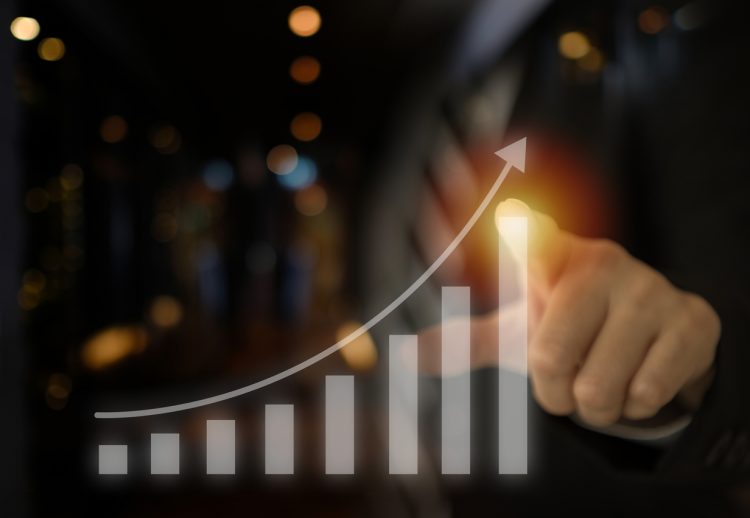How Customer Experience Technologies Boost Your ROI

There are many reasons why retailers are just now investing in customer experience technologies. Maybe they’ve been waiting to see how the technology develops and what technologies reach the tipping point with shoppers. Or perhaps this is the point where their current technologies have reached capacity and will not support further growth, internally or externally.
The question becomes, how can retailers build a business case for new in-store technology, and which customer experience technologies pass the ROI test?
Retailers must analyze what causes their biggest pain points as well as what would create the biggest opportunities for more sales. As a rule of thumb, the ROI test aims to add the annual cost reduction with additional revenue generation (which may be difficult to estimate), divided by the investment cost.
Using Case Studies
As technologies mature, success stories increasingly contain quantifiable information, such as in the case of La Europea, a network of 50 stores that has documented a 15% increase in sales since the company implemented a series of omnichannel technologies about three years ago. But these technologies have been implemented in conjunction with other solutions and real-world conditions, so results may not necessarily be attributed solely to one thing.
Identifying pain points vs. new revenue
Retailers must first identify the pain points and inefficiencies that are leading to errors and bottlenecks and calculate how much they are hurting the bottom line, and how much business will be lost to competitors who have better technology.
It is worth noting that the cornerstone of any technology is an integrated, cloud-based technology platform. Without it, most omnichannel scenarios become a pain point. And there is much can be gained in terms of customer experience just by increasing stock visibility, productivity and process efficiency.
In addition to technologies that increase internal efficiency and productivity, retailers should choose in-store technologies that customers want. They will have to weigh the benefits of a new technology to include both new revenue generated and costs saved thanks to the investment in technology.
Proving CX technologies can increase sales
By definition, customer-centric are designed to improve customer experience and make it easier for customers to make a purchase, generating additional revenue by increasing sales and encouraging repeat business.
For example, in-store touch screens allow customers see a virtual inventory of products that are not necessarily displayed in the store, which can encourage customers to purchase products that are not even on-site – and retailers don’t need to pay for as much square footage. Mobile POS empower associates to engage customers with clienteling and upselling of complementary products and services. Supporting loyalty programs and automated sales outreach is a key factor in generating repeat business. Self-checkout kiosks make purchases faster and more flexible, reducing lost sales due to long wait times.
The ability to ease pain points and execute omnichannel fulfillment scenarios all increase the number of purchase points, which also translates into more opportunities to make a sale.
Want to build a business case for retail innovation in your store network? Contact Us to set up a meeting with the Openbravo Sales Team today!




No Comment